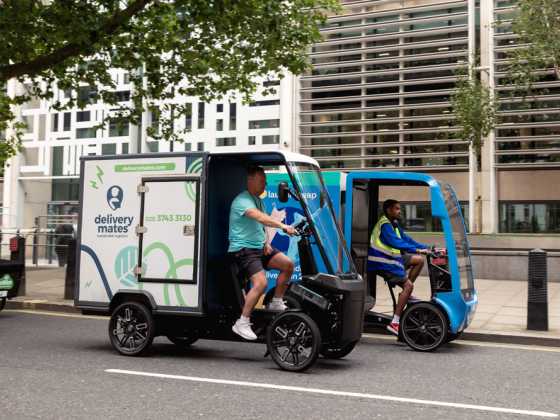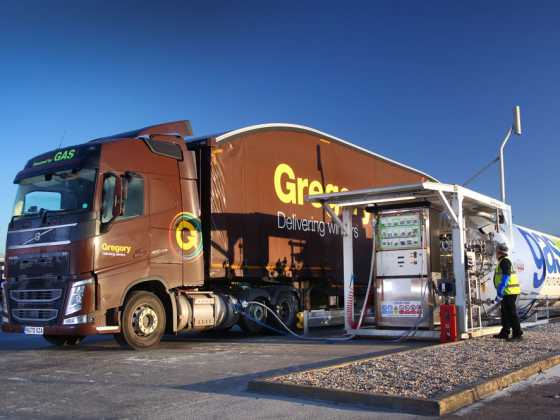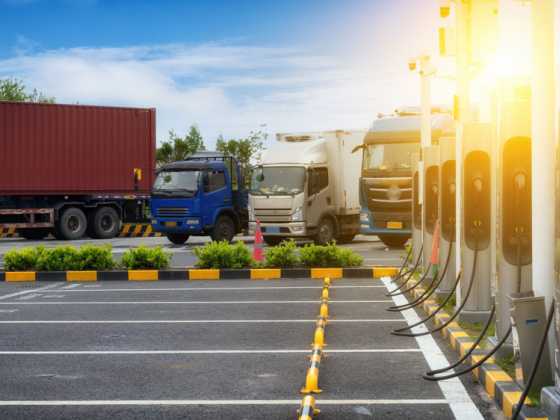Why faster charging speeds are essential for electric van adoption

Paul Hollick, chair of the Association of Fleet Professionals, gives his thoughts on the barriers to electric van adoption.
When it comes to tackling the reasons behind slow fleet adoption of electric vans, prominence is usually given to issues of range and payload but there is often limited discussion of charging speeds.
In fact, as discussed at a recent meeting of our megafleets committee, which consists of our members operating very large fleets, charging speeds tend to be a bigger real-world frustration. Having a driver sitting around for an hour while their van charges is expensive.
Currently, most models available from major manufacturers are rated from around 50-125kWh, meaning that even the best will take around 40 minutes to charge from 10-80% in ideal circumstances, and are usually slower in real world conditions.
If vans were capable of faster charging, then, to a significant extent, other issues affecting them could become more manageable. For example, the negative impact of higher payloads on range becomes less important if you can recharge to say, 125 miles in 15 minutes.
There is a perception among AFP members that vans are being built with slower charging capabilities because manufacturers believe achieving the lowest possible purchase price is crucial. This misconception is understandable. However, the message that we are hearing from our members is that they would be willing to pay more for faster charging capacity. Over a typical six-year fleet lifecycle, the additional cost of a rapid charging van would be more than outweighed by increasing the availability of the driver, who is a much higher expense.
There is no doubt that van charging speeds now lag far behind typical electric cars and we believe that many more fleet operators could be won over to electric vans if an 80% charge was achievable in a time more easily measurable in minutes rather than hours.






